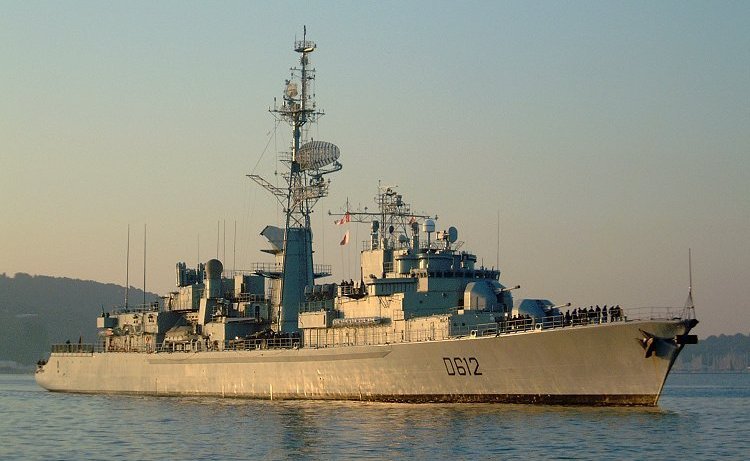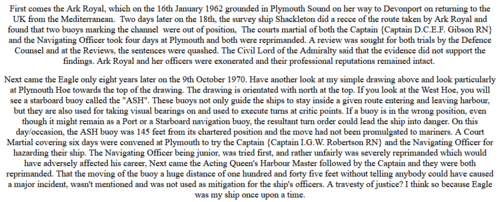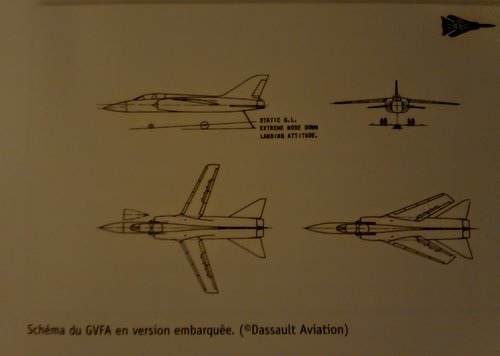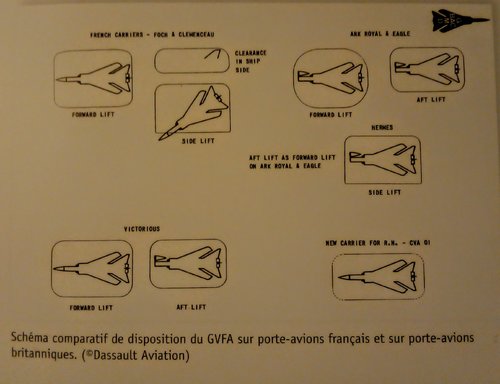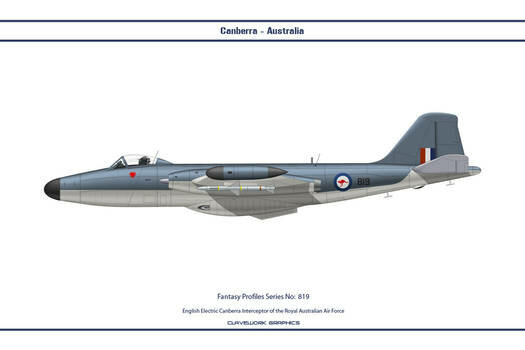Volkodav
I really should change my personal text
- Joined
- 28 March 2014
- Messages
- 752
- Reaction score
- 1,278
There are a number of discussions across various topics that got me thinking of the changes to the post Nott Review RN because of the lessons learned due to the Falklands War and what would have happened had that, or a similar conflict, occurred at various points in history, post WWII.
The same conflict occurring after the retirement of Ark Royal, but before the Nott review for instance, would the Type 43 and Sea Dart MkII proceeded, and an even more enhanced Type 23?
Lets say it was an 84 or 85 event, fought with the two remaining Invincibles but the other already in service in Australia, so a new improved Invincible is required? The Type 23 progressed further along as a simple TA Tug and can not be redesigned in the time available, hence a Batch 4 Type 22?
How about a late 60s war that drives a Batch III County, perhaps solidifies the Escort Cruiser, more Type 82s or even drives the Type 19?
An early 60s conflict saves the carriers forcing the acquisition of something, anything?
Timing is everything, a serious enough conflict will completely deflate cost cutting claims, just as long period of peace, even if that peace is due to effective deterance,
The same conflict occurring after the retirement of Ark Royal, but before the Nott review for instance, would the Type 43 and Sea Dart MkII proceeded, and an even more enhanced Type 23?
Lets say it was an 84 or 85 event, fought with the two remaining Invincibles but the other already in service in Australia, so a new improved Invincible is required? The Type 23 progressed further along as a simple TA Tug and can not be redesigned in the time available, hence a Batch 4 Type 22?
How about a late 60s war that drives a Batch III County, perhaps solidifies the Escort Cruiser, more Type 82s or even drives the Type 19?
An early 60s conflict saves the carriers forcing the acquisition of something, anything?
Timing is everything, a serious enough conflict will completely deflate cost cutting claims, just as long period of peace, even if that peace is due to effective deterance,


